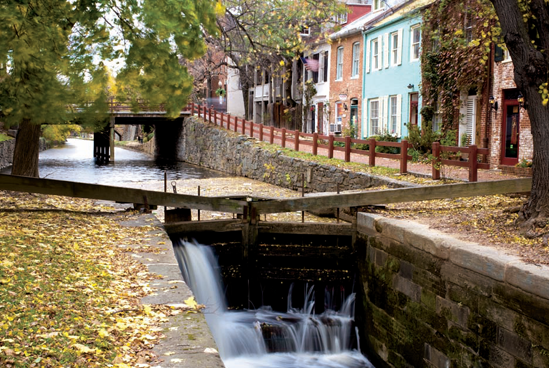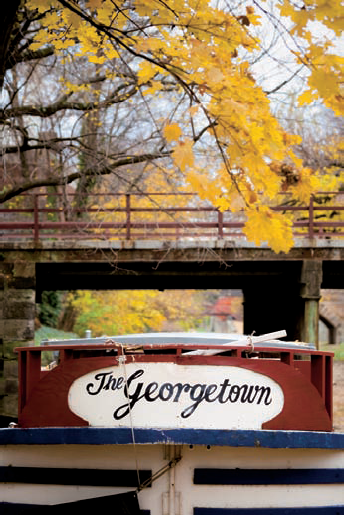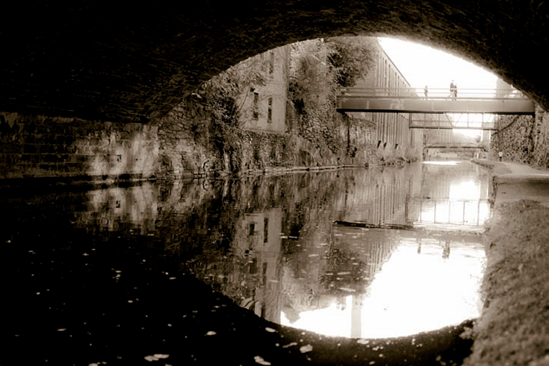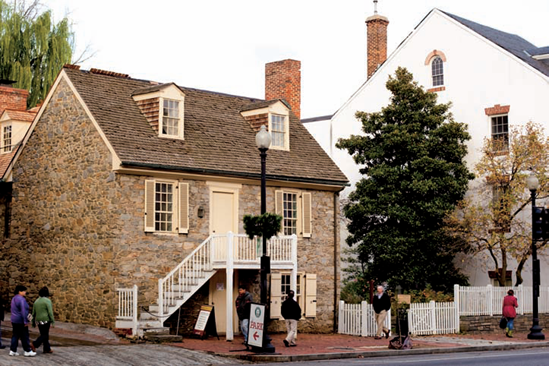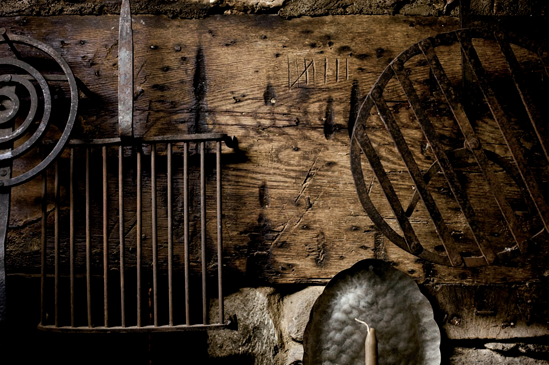
A sign denoting the beginnings of Georgetown, along Pennsylvania Avenue. Taken at ISO 100, f/4, 1/125 second with a 100mm lens.
Georgetown predates Washington, D.C. by a fair amount of time. It was an important area for trade and also was the farthest vessels could navigate up the Potomac River. Today, it is a confluence of old money, college students, trendy shopping, politicking, and Washington, D.C. history.
Two of the popular historical features of Georgetown that are interesting to photograph are the Chesapeake and Ohio Canal (known as the C&O) and the Old Stone House.
The C&O Canal was created to join the headwaters of the Ohio River in western Pennsylvania with the tidewater of the Potomac River in D.C. An intact section of it still operates in the middle of Georgetown, and you can take rides on a canal boat during the warm months of the year.
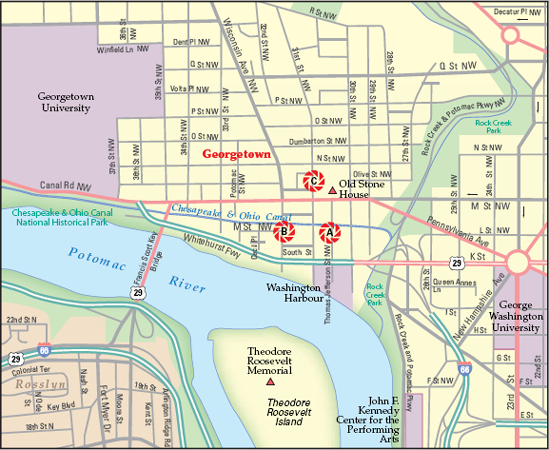
Figure 5.1. The best locations from which to photograph Georgetown: (A) C&O Canal at Thomas Jefferson St. NW, (B) the C&O Canal at Wisconsin Avenue, and (C) The Old Stone House.
The Old Stone House is the oldest structure in Washington, D.C., thanks to a rumor many years ago that George Washington and Pierre L'Enfant had met at the house on several occasions. (They apparently had actually been meeting at nearby Suter's Tavern).
After you are done shopping and eating cupcakes, here are a few historic places to photograph Georgetown.
At this location along the C&O Canal, you can see a functioning lock along with a historic row of Georgetown townhouses in the background (see figures 5.1 and 5.2). During the warm months some of the locks in this area are in use, giving you more to photograph.
Just next to Wisconsin Avenue, you can take a set of stairs down to the C&O Canal — just to the west is one of the historic bridges that spans the canal (see Figure 5.3). Historic buildings are located along this area, and you can get a sense of what the original George Town was like when paper, textile, and flour mills were the lifeblood of the area.
Visiting the Old Stone House can be a different photo excursion compared to the rest of the big-name places to visit in D.C. When you enter, you are greeted at the door and then you can walk through the house and the garden to see how things looked for common people in Washington, D.C., in the late 1700s (see figures 5.4 through 5.6).
Georgetown is an enjoyable place to take a walk through the streets, as well as for a few pictures along the way.
Perhaps it's the antique charm of Georgetown that makes using simple gear with little fuss a good idea.
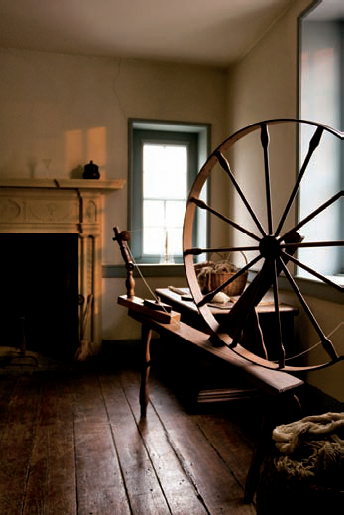
Figure 5.6. One of the rooms within the Old Stone House (see C on the map). Taken at ISO 1600, f/4, 1/15 second with a 35mm lens.
Most of these photographs could all be handled well using your camera's Program mode or another automatic function such as Aperture Priority — you may just need to be very still when taking them because there may be little light within the Old Stone House (refer to figures 5.4 through 5.7). Definitely avoid using a flash inside the house — that's the easiest way to make what would otherwise be a quaint, simple photograph look over-lit and harsh. The window light is a big part of the old-world feel here.
For the images of the C&O Canal (refer to figures 5.1 through 5.3), try setting a normal aperture of f/8 and focus within the middle of the image. Doing so ensures that you have enough focus in the foreground and background. Of course, you can also try to use very low aperture values, such as f/2.8, to capture a different look, especially if you convert the photograph to black-and-white.
Experiment by photographing at different times of the day and play with your composition.
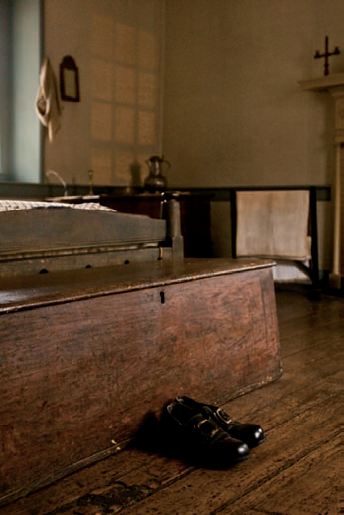
Figure 5.8. A bedroom within the Old Stone House (see C on the map). Taken at ISO 3200, f/4, 1/15 second with a 50mm lens.
At the C&O Canal, you can get good pictures at almost any time during the day, although early and later in the day look more interesting because the light spills across the canal at more of an angle.
At the Old Stone House, having more light to work with makes your photo better. An overcast day's soft shadows work nicely with lighting the interior of the house, but it's a tradeoff between brightness and subtle lighting.

